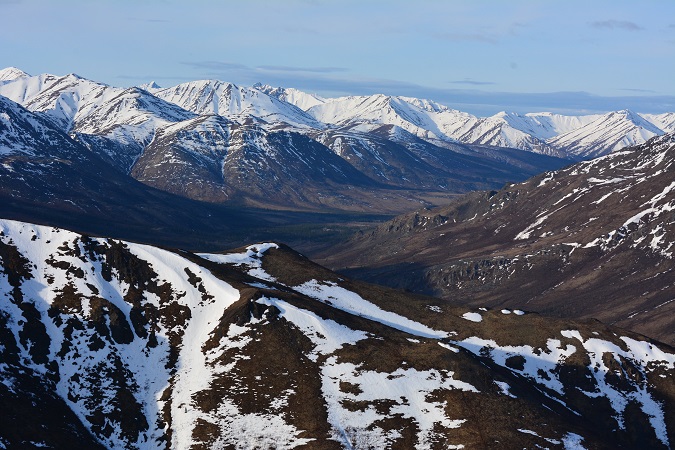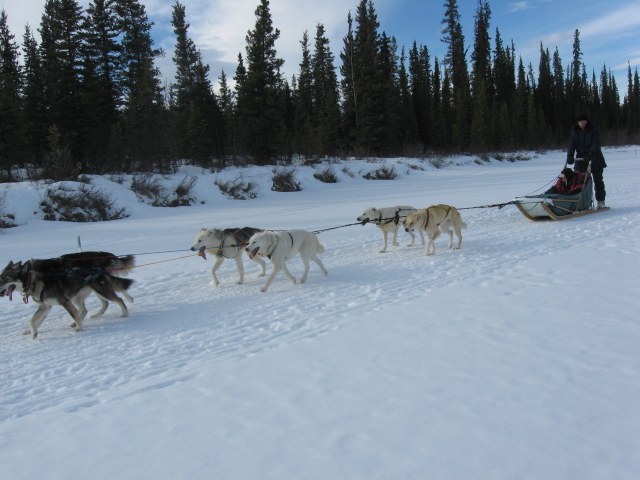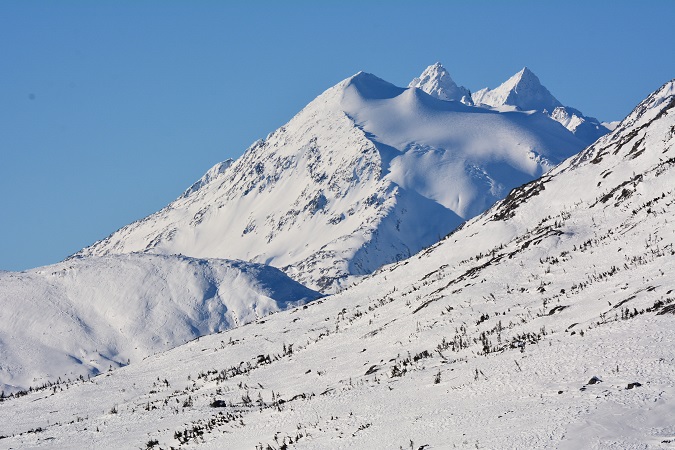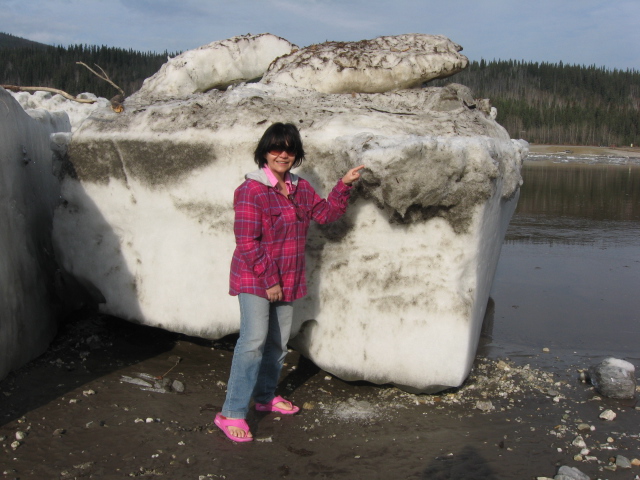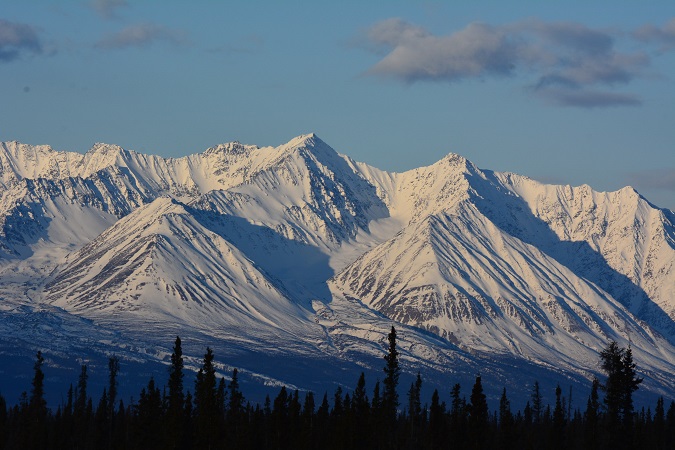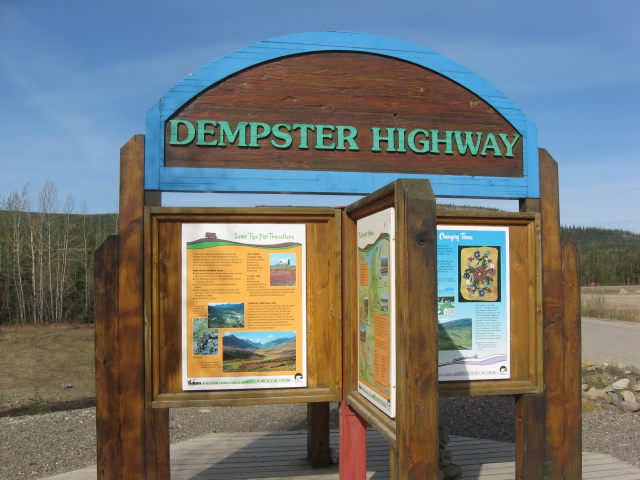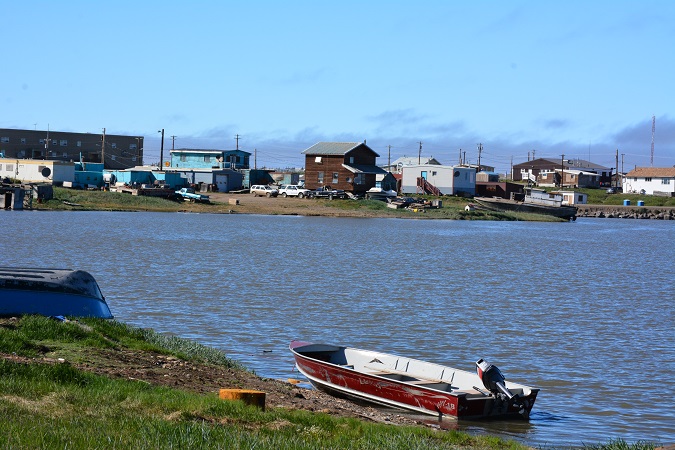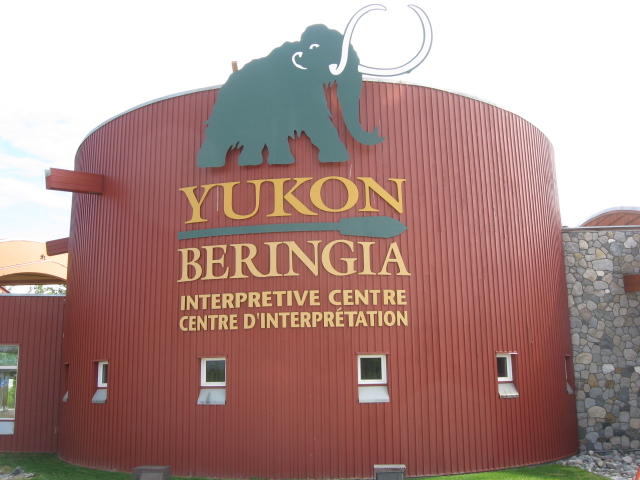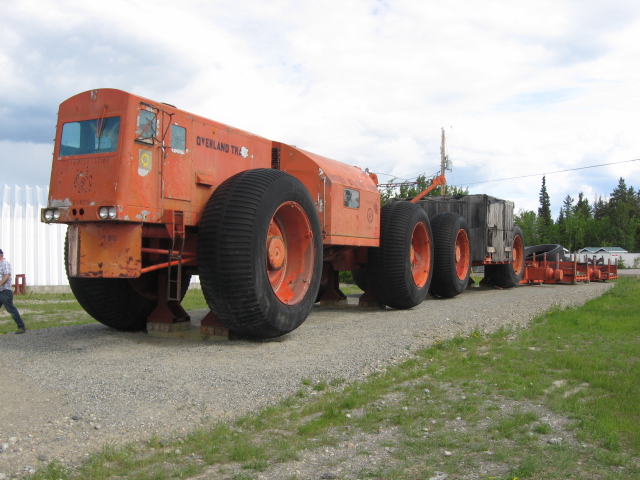Canada – The Great White North
Canada is almost as vast south to north as east to west. The most northern point in Canada is Cape Columbia on Ellesmere Island near the North Pole. From there to the most southern place in Canada (Middle Island near Detroit, Michigan) is 4,634 km (2,873 miles). While the summers in Canada are lovely, winter can be brutal, with temperatures commonly reaching minus 35 C in Edmonton, Alberta’s Capital City. In the far north, it can be much colder. Winter drags on for seven months of the year (never mind what the calendar says). But it is not that cold all the time. The temperature goes up and down, and it could be a very sunny day even when it is cold. Many people enjoy winter sports such as skiing, hockey, dog-sledding and ice-fishing. Although almost all tourists visit Canada during the summer, a winter visit can be an adventure of a lifetime. In the north, you have the opportunity to see the amazing Aurora Borealis.
There are four very different Canadas to explore: The south in summer, the south in winter, the north in summer and the north in winter. Summer in southern Canada is the most popular by far. Click this link for my suggestions for visiting southern Canada during the summer months: Canada Sea to Sea to Sea
The Great White North in Winter
This page provides a list of things to see and do in Northern Canada and links to posts on this website.
The Aurora Borealis
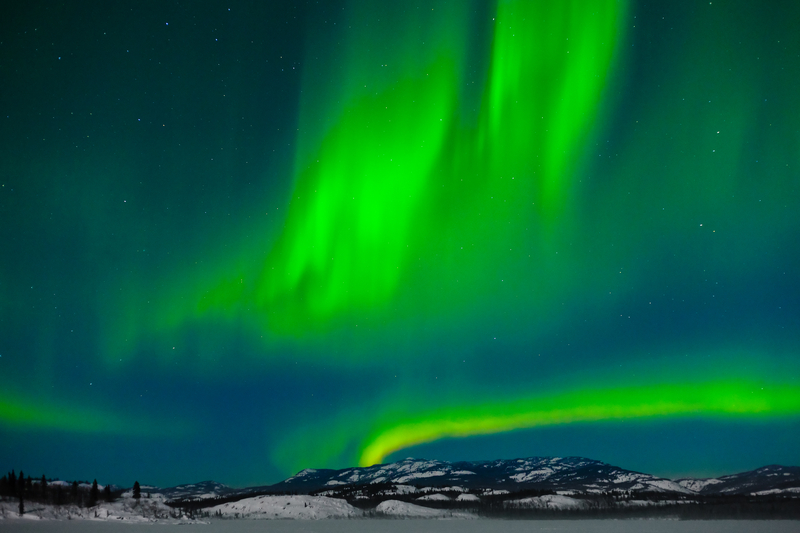
One of the most amazing phenomena on this planet is the Aurora Borealis, also known as the Northern Lights. Sometimes, you can see it further south and in reasonably warm weather. However, the further north you go and the colder it is, the more spectacular the light show. The lights could appear any time after dark, but from midnight to 3 a.m. in December to February is usually the best.
If you want to see the Aurora Borealis without spending too much time in the north, fly to the city of Whitehorse. You can find tour operators that will take you to see the lights, and you can then fly back south. (you need to get out of the city to be away from the street lights). Of course, you could rent a car instead of hiring a guide, but keep in mind that winter driving in the north can be dangerous if you have no experience driving on ice or snow. Also, keep in mind that the Aurora Borealis does not appear every day, so you should have a few extra days if they are a no-show.
For more information, click here: Aurora Borealis
Photographing the Aurora Borealis is not as easy as photographing a car in your driveway. Click for instructions.
Dog Sledding
While waiting for nightfall to take in the Northern Lights, you can try your hand at dog sledding. It is great fun; the dogs love it as much, if not more, than the people. (If you fall off, the dogs might carry on without you. They are having such great fun; they don’t care if you are there or not.) Hang on tight! It is incredible how fast the dog teams can go with a burst of speed from a standing start. Some places near Whitehorse offer dog sled rides down the frozen Yukon River. Check it out.
Be an Ice Road Trucker
Travelling in the north can be troublesome. People often drive on ice roads (roads made of ice that disappear in the summer), or sometimes they even drive down the middle of a river. One day, I drove from Dawson City down the Yukon River. A great experience. Check it out!
The White Pass
Skagway, Alaska, on the west coast, has a mild winter climate for being so far north. What stands between Skagway and the Canadian Yukon is the Coast Mountains. This is where thousands of stampeders hiked over the Chilkoot pass from Skagway in the 1800s to look for gold in the Klondike, Canada. Today, there is a railroad and a vehicle road over the mountains. Tourists use both in the summer months. However, being the intrepid traveller and adventurer I am, I drove over the White Pass in mid-February. It was cold but sunny, and the road was good. I stopped for lunch at the top of the pass to admire the spectacular scenery. The whole mountain range was displayed before me like a panorama. Just for me. I never saw another person all day. My vehicle was pulling a trailer, and I brought my canoe as I intended to go camping in the Arctic and eventually go canoeing in the Arctic Ocean. If you want to try this, ensure the weather forecast is good. Going over the White Pass during unfavourable weather can be dangerous. More photos and story here.
The Great White North in Spring
The Yukon River Breakup
The Yukon River breakup is a fantastic thing to witness. During the winter, the river freezes thick enough to drive a truck on it (see Ice Road Trucker above). However, the ice does not slowly melt, like rivers and lakes further south. Instead, it suddenly breaks up one day, as if an earthquake has struck it. This usually happens in the first week of May, so you will need to be there at least a few days early to be sure to see it (more or less, depending on the temperature).
When the river breaks, massive chunks of ice, some as big as a house, push and shove each other for space on their trip to the ocean. Some pieces end up being shoved up on the shore by bigger ones. I saw one segment of ice going past with three Caribou on it. They happened to be crossing the river when it broke and were suddenly on their way to the ocean. The breakup is not a quiet thing. The crashing and bumping of giant, moving chunks of ice make an explosive rumbling sound between a grinding noise and thunder.
The Yukon River breakup is a wonderment that few Canadians have ever seen. Click for the story and more photos.
The Great White North in Summer
Beautiful Yukon
Northern Canada is divided into three territories. The most accessible and perhaps the most beautiful is the Yukon. You must drive through the Yukon if you are heading to Alaska. Located in northwest Canada, it is along the border with Alaska and the Canadian province of British Columbia to the south. Besides the stunning beauty, there are many things to do in the Yukon (other places are listed on this page). Check out some of my photos of this spectacular land – The Beautiful Yukon.
The White Pass and Yukon Route Railroad
Did you see my story above, where I drove over the White Pass in mid-winter? Most tourists, who are not as crazy as I am, visit the north in the summer months. From Skagway, Alaska, you can travel to the Yukon on the extraordinary White Pass and Yukon Route Railroad. Travel in comfort over the route the stampeders took during the gold rush. Passenger cars were built in the late 1800s. They still use a few steam engines, but most trains now use a modern (the 1950s) diesel engine. Take in the spectacular scenery and stop for lunch at a place called Bennett. This is where the stampeders stayed while building boats to take them for the remainder of their journey to the Klondike. A fantastic, delicious lunch is included and served at the train station. You could, instead, start at the Canadian end of the railroad at Carcross, Yukon and travel to Skagway or just as far as the Alaska border. More photos and details here.
Dawson City
Dawson City, in the Canadian Yukon, is a fabulous place. It was one of the largest and most modern cities in western North America at the turn of the 20th century. After the gold rush, the population dropped to just 5,000. Take a trip back to the stampede days of the 1800s. There is plenty to see and do with wooden sidewalks, casinos, saloons with dancing girls, many historic buildings, and much more. Many photos and details here.
Learn about the Klondike Gold Rush. You can reenact the trip the stampeders made in the 1800s to get to the Yukon to search for gold. Hike the Chilkoot Trail, camp at Bennett, explore Dawson City and pan for gold.
Although the gold rush ended more than 100 years ago, people still find gold near Dawson City. In the 1800s, gold was worth $16 per ounce. With that price now at more than $2,600 (Nov 2024), making your efforts worthwhile would not take many ounces. Here is how to stake your claim and search for gold in the Yukon.
The Dempster Highway
Dawson City is the end of the pavement and the starting point for adventure. From Dawson, you can take the Dempster Highway to the Arctic Coast. This is not a trip for the faint of heart but an unforgettable experience. Cross the Arctic Circle, see Arctic birds, massive Grizzly Bears, and, if you are lucky, wolves, Caribou and other wildlife. This trip takes some planning. Villages and fuel stations are few and far between. Flat tires are common. This was one of the best and most memorable of my many adventures. Photos and details here.
If you decide to go, read this:
This post lists essential information to travel the Dempster Highway. This is a remote area, and you need to be well prepared.
Tombstone Territorial Park
Your first stop on the Dempster Highway should be Tombstone Territorial Park. There is a hotel about halfway along the Dempster, but camping is the best way to explore the area and lets you take your time. Otherwise, you must rush to get to the hotel and hope you have no vehicle problems. Take a hike, watch for bears, ptarmigans and other wildlife and enjoy the spectacular scenery. Tombstone Territorial Park.
Tuktoyaktuk
Tuktoyaktuk is an Inuit village at the end of the Dempster Highway on the Arctic coast. Ask to see their underground community freezer. Walk out of town to see a Pingo. You’ll get a certificate if you stick your foot in the Arctic Ocean. There is a good chance to see Beluga Whales. A unique experience. Visit Tuk
Museums in the Great White North
Beringia Museum
Beringia was the area now covered by the American state of Alaska, the Canadian territory of Yukon and the land bridge to Siberia. It was cold in Beringia but ice-free during the great Ice Age that covered most of North America. Learn about the strange animals, now extinct, that lived there. One of the best small city museums I have ever seen. Highly recommended. Beringia
The Yukon Transportation Museum
This is not your average old car museum. Visit the Yukon Transportation Museum to see the giant and unusual vehicles used in the north.
Guide Books to the Western Canadian Arctic
So, are you adventurous enough to travel the Canadian Arctic? Here are some books you should get to help you plan your trip if you go. Guide Books
